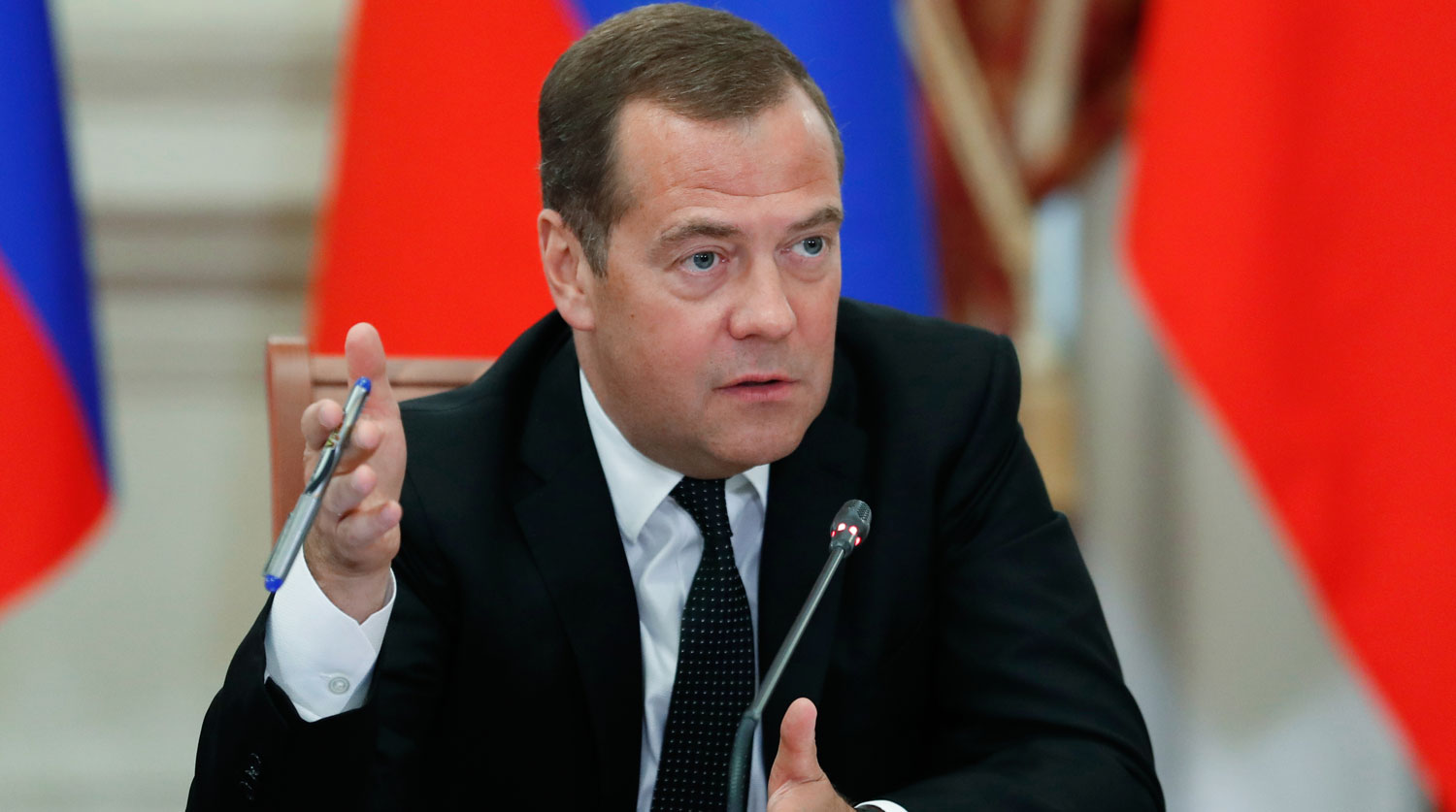MOSCOW, Russia — A sharp exchange over the possible transfer of U.S. Tomahawk cruise missiles to Ukraine escalated on Monday, October 13, 2025, after former Russian president Dmitry Medvedev warned that such a move “could end badly for everyone,” explicitly singling out former U.S. president Donald Trump.
Medvedev, a vocal hawk on security matters, posted on Telegram that it is impossible to distinguish between Tomahawk missiles armed with nuclear warheads and those carrying conventional explosives after launch — a line of argument that has previously been echoed by the Kremlin.
“How should Russia respond? Exactly!” he wrote, appearing to hint at a military countermeasure.
The comments came after Trump said on Sunday, October 12, 2025, that he might provide Kyiv with long-range Tomahawk missiles if President Vladimir Putin did not end the war in Ukraine.
“Yeah, I might tell him (Putin), if the war is not settled, we may very well do it,” Trump said.
“We may not, but we may do it… Do they want to have Tomahawks going in their direction? I don’t think so.”
Tomahawk missiles can reach roughly 2,500 kilometres (about 1,550 miles), raising alarms in Moscow because that range would allow strikes well into European Russia.
Putin’s spokesman has similarly warned that the delivery of such weapons would risk a fundamental rupture in relations between Moscow and Washington.
Medvedev, who has repeatedly goaded Trump on social media throughout the conflict, sought to dismiss the idea that the threat was merely rhetorical.
He added: “One can only hope that this is another empty threat… Like sending nuclear submarines closer to Russia,” alluding to an exchange earlier this year when Trump said he had ordered submarines to alter their posture.
Ukrainian officials, when asked about possible Tomahawk deliveries, have sought to constrain expectations.
President Volodymyr Zelenskyy said Ukraine would deploy such weapons only for military objectives and would not target civilians in Russia, should the United States provide them.
The inability to visually distinguish conventional from nuclear-armed cruise missiles after launch raises the possibility of miscalculation, especially during heightened tensions.
“Once a long-range cruise missile is airborne, the ambiguity about its warhead could force an adversary into worst-case assumptions,” said a Western security analyst not authorised to speak publicly.







